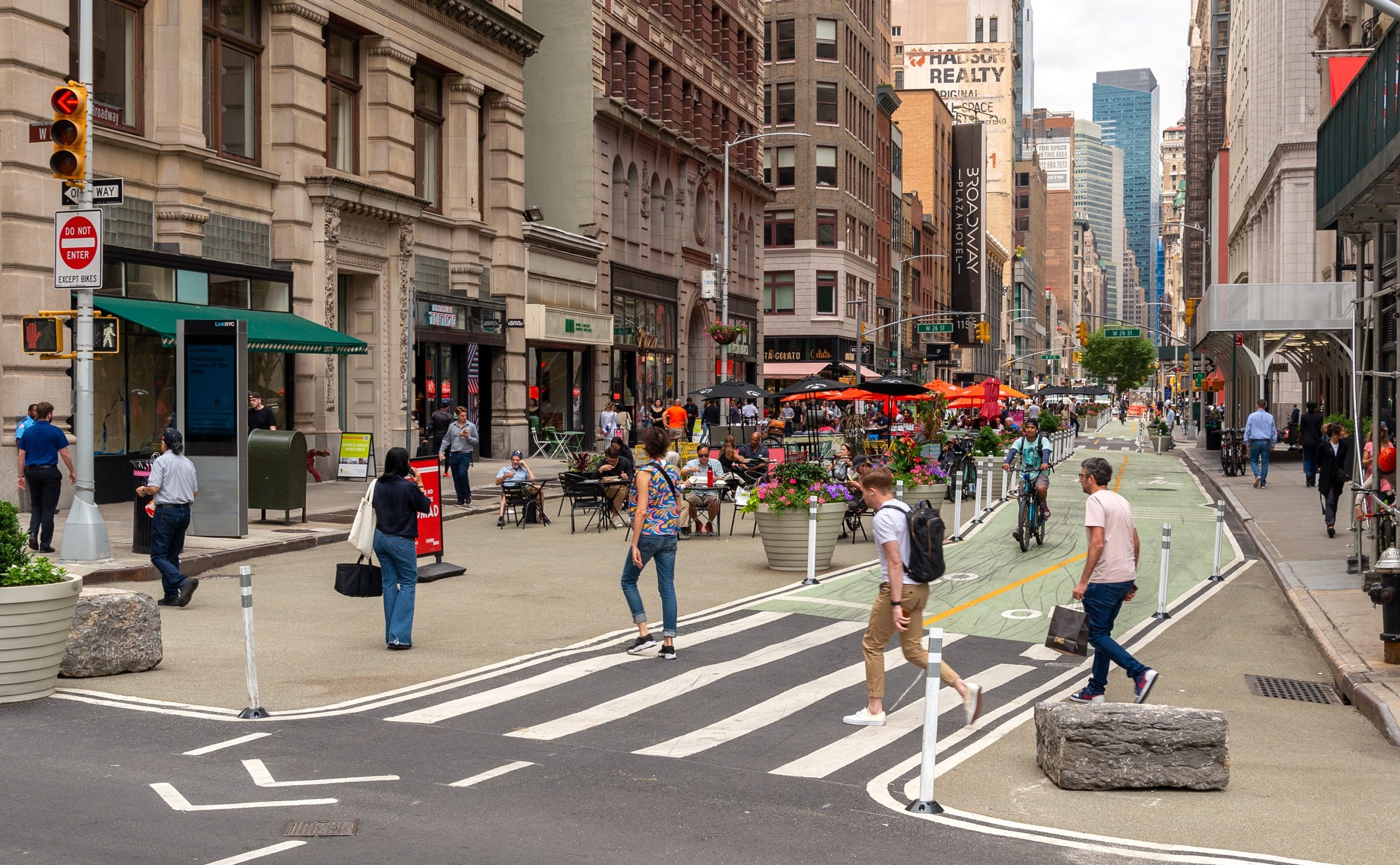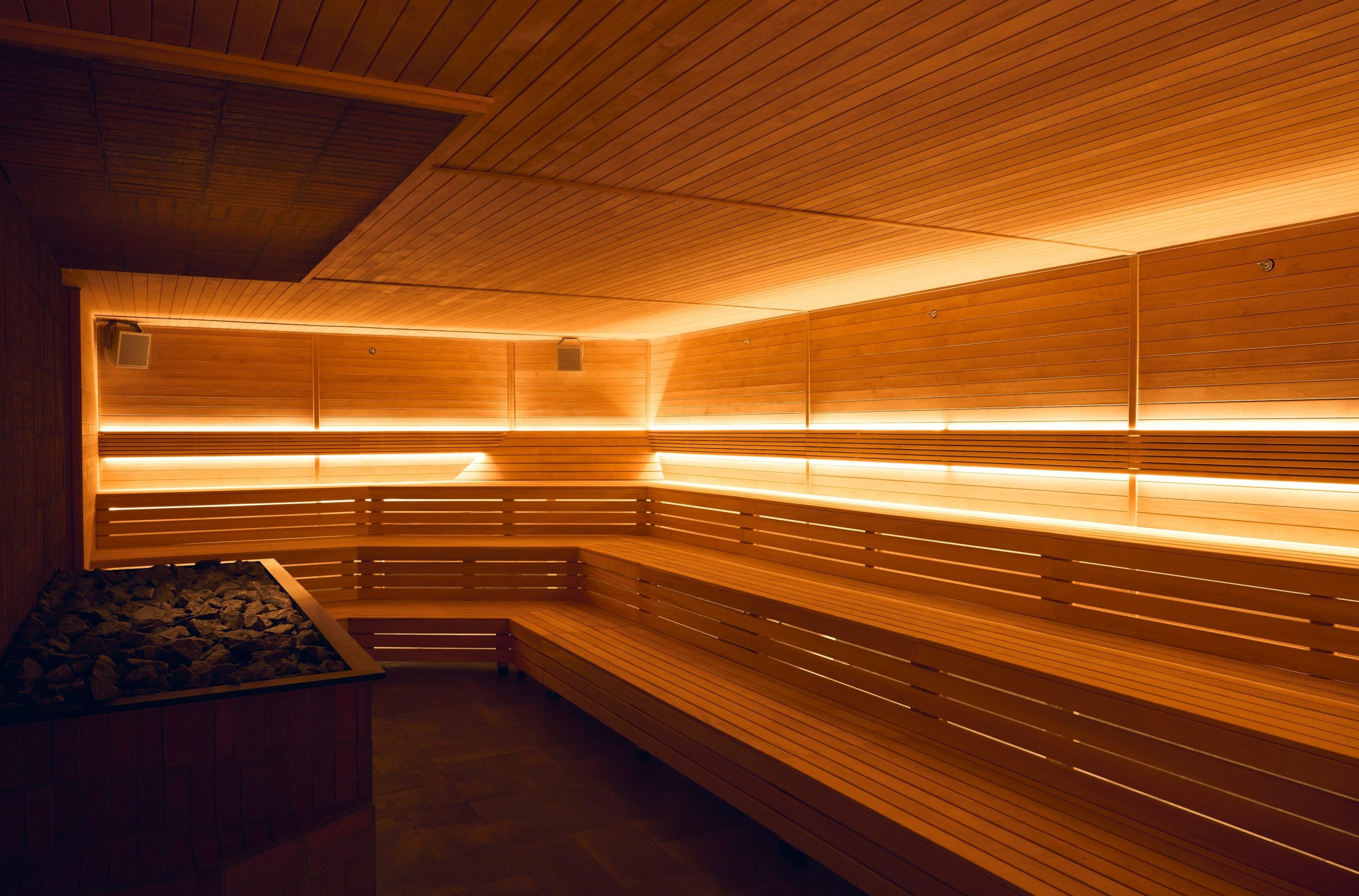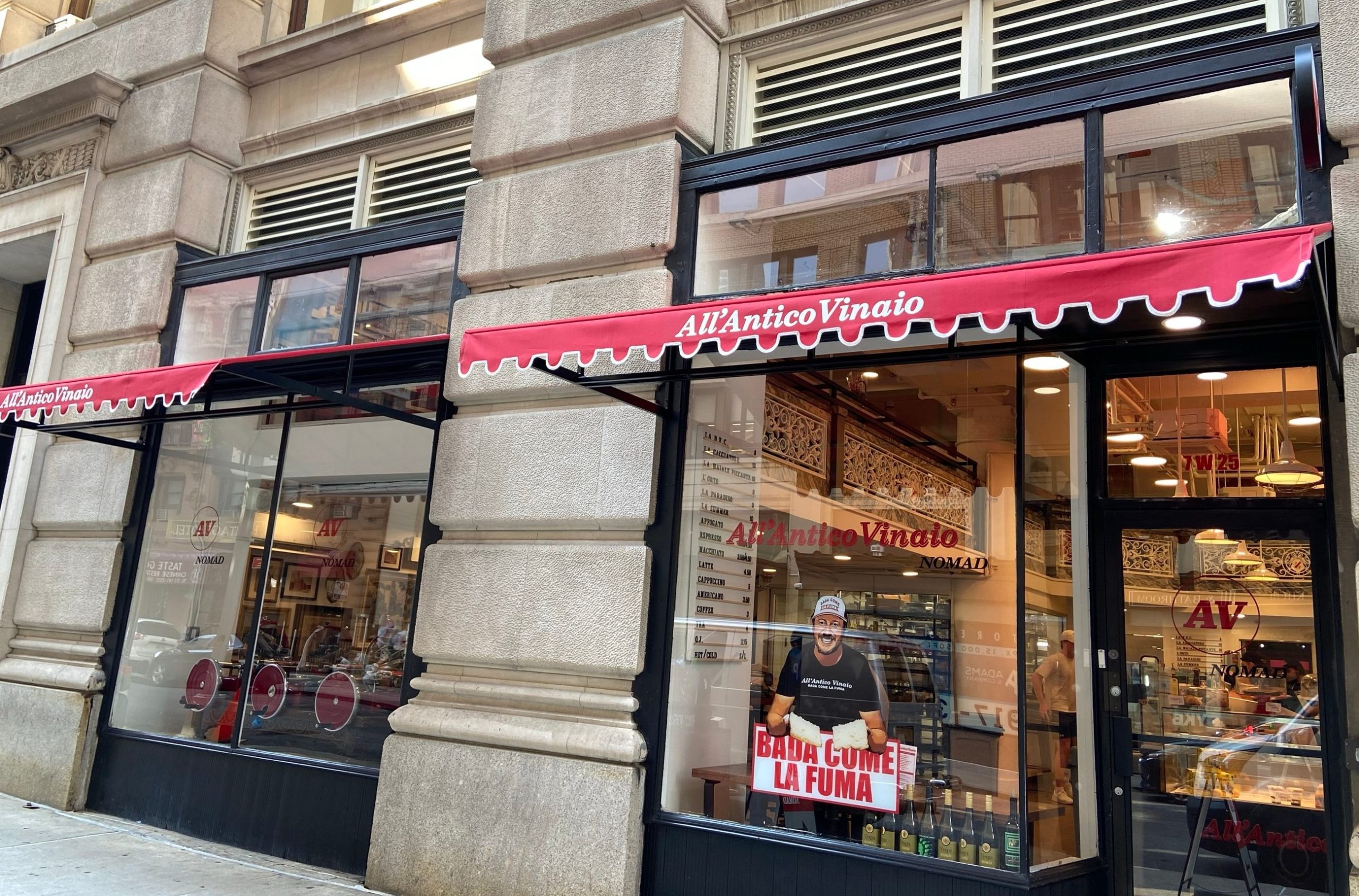New-to-New York Stores Are Helping Turn Around the Retail Apocalypse
May 2, 2024

Greg David
This column first appeared in the The City on May 2, 2024.
SoHo, long one of the premier shopping areas in the city, is being transformed by invaders grabbing storefronts.
There is Orior, a furniture maker from Northern Ireland. Galia Lahav, a haute couture and bridal fashion brand from Israel. TOTEME, a Swedish apparel company, as well as Thuma, a San Francisco mattress company, have established New York beachheads as well.
As a result, retail occupancy in SoHo is now 84%, higher than before the pandemic.
“There is an international hunger and curiosity about the neighborhood,” said Erin Piscopink, executive director of the SoHo Broadway Initiative business improvement district.
But it is not just SoHo. First-time-in-New York retailers are driving a revival of the city’s retail scene in other desirable neighborhoods like Flatiron, Nolita and the Upper West Side. What these areas have in common is that they have both residential and commercial areas and in some cases cachet that is lacking in the major central business districts like Midtown and Downtown, which the new entrants are so far avoiding.
Overall Manhattan statistics show improvement in the retail real estate market. The real estate firm CBRE counts 185 vacant ground-floor spaces in the 16 areas it tracks, down from 195 at the end of last year. The brokerage firm JLL puts the vacancy rate at 15.4%, a sharp decline from 28% in 2021 and lower than the 21% figure for 2019.
Between 2020 and 2023, new-to-New York stores leased 1.56 million square feet of space, or 15% of all deals, according to a recent report from CBRE. Last year the invaders signed up for 455,000 square feet, or 18% of the total.
“We have been hearing so much talk of the retail apocalypse,” said Hironori Imaizumi, author of the CBRE report. “But when we looked in SoHo and Flatiron we saw so many new apparel and food and beverage brands opening up.”
The Center for an Urban Future’s annual State of the Chains report, released in December, notes that the companies expanding in the city were primarily those that had arrived in recent years, including Playa Bowls, Nuts Factory, and Orangetheory Fitness, to name three.
And SoHo continues to be the No. 1 option.
“We were approached by an organization that represents businesses from Scandinavia that are bringing a group of retailers to visit places like SoHo to see how they can enter the city,” Piscopink said. They are due to arrive at the end of the month.
While a large number of vacancies along Sixth Avenue in Flatiron has drawn a lot of attention, most of those are south of 20th Street. The area north of 20th Street has become a destination for first-timers.
Over the past six months, 31 businesses have opened in the area covered by the Flatiron NoMad business improvement district and another 10 are to do so in the coming months, said James Mettham. Of those, 26 are new to the city.
For example, Othership is a sauna and ice bath that will open on 20th Street in June.
“Flatiron is a vibrant and central neighborhood that is known for its mix of residential and commercial spaces and is well connected by mass transit,” said Robbie Bent, co-founder and chief executive.
The story is similar for Suzanne Cupps, who has been cooking in New York since 2005 and spent the past several years scouring Manhattan for a place to open her first restaurant.
She looked near Rockefeller Center, Gramercy Park and Tribeca, needing to find a spot that had been a restaurant since it is too expensive to convert other kinds of space into one. She settled on a 2,500-square-foot spot on 28th Street between 5th Avenue and Broadway for Lola’s, which is named for her Filipino grandmother and features locally sourced food with Asian and Southern influences.
“The area is close to public transportation and has exploded since COVID with really great hotels and new businesses,” she said.
Since the interest is concentrated on a few key areas, newcomers are finding themselves competing for a limited number of available spots in the most desirable neighborhoods.
“More tenants will be forced to compromise in each submarket,” said Matt Chmielecki, a senior vice president and retail broker at CBRE. “If you can’t find something on Spring or Prince you won’t give up on SoHo entirely. You will look on Greene and Wooster.”
Rents are rising in these areas as well. The average rent on Prince Street in the first quarter rose to $1,073 per square foot compared with a Manhattan average $688, according to CBRE.
However, these newcomers show no signs of extending their searches to the main business districts in Midtown and Downtown, which suffer from the lack of a residential base, office vacancy rates of 20% and back-to-office occupancy still below pre-pandemic levels. In addition, Midtown is seeing key tenants defecting to the Hudson Yards area on the far West Side.
“It will be a challenge for those areas to lure the new entrants,” said Imaizumi.







